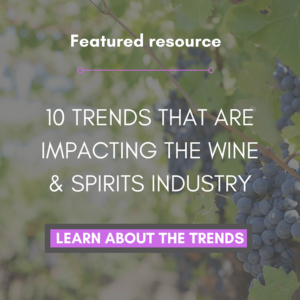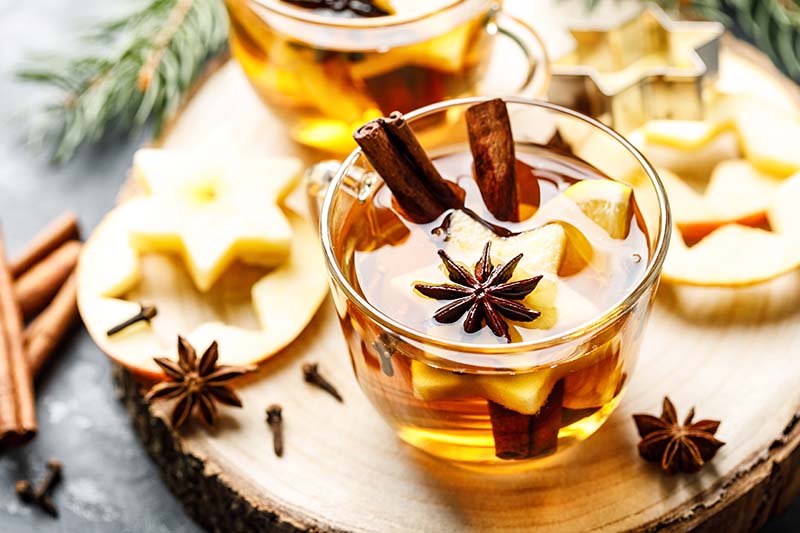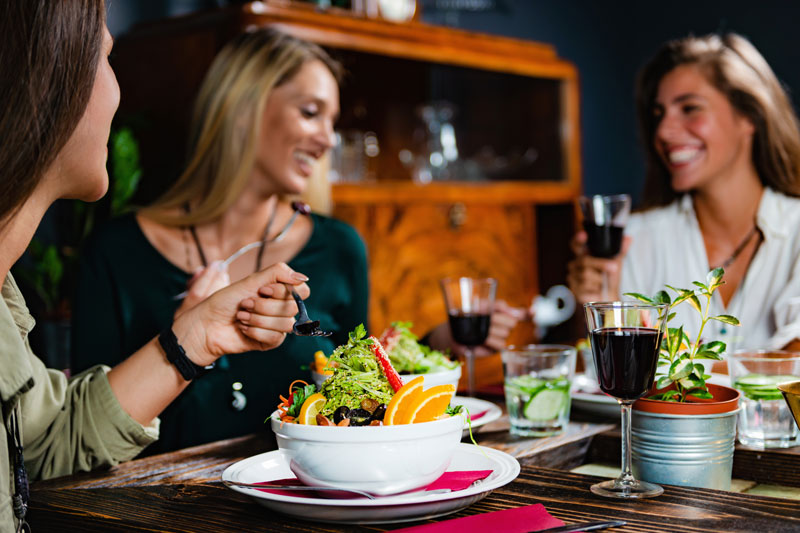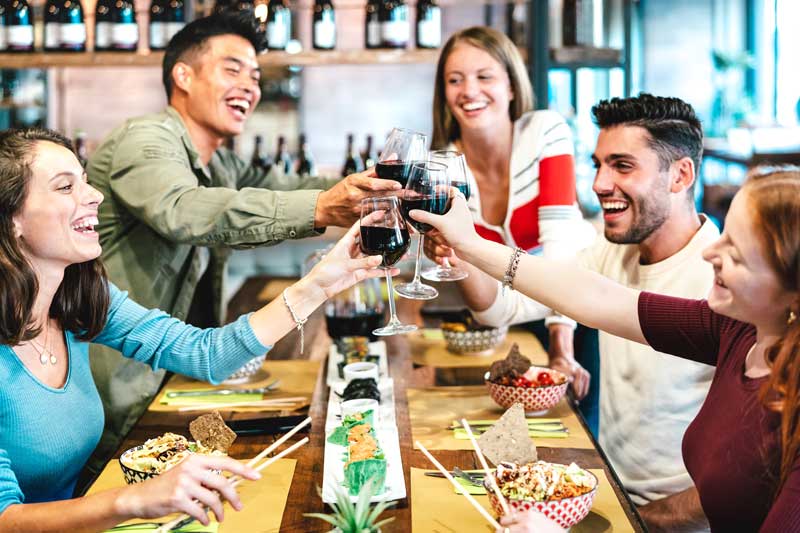With the holidays behind consumers and colder temperatures holding steady, alcohol sales typically decrease during the first part of the year.
The holiday months typically account for 30% of all sales of wine and spirits brands, which totals about $250 billion a year. Alcohol purchases peak in November, accounting for 37% of all purchases, according to Bev Spot. Then sales dip at the end of January into February. Come summer, sales increase again.
Why sales decrease after the holidays
Alcohol sales rise and dip throughout the year, but Americans are drinking less overall. The alcohol serving index decreased by an average of six fewer drinks per adult from 2017 to 2018, according to The Drinks Business.
Sales rise during November and December because consumers are buying for holiday events, and then dip during the early part of Q1 because those social gatherings have decreased. Some people also make New Year’s resolutions to drink less. Others partake in Dry January, meaning they choose not to drink for the entire first month of the year. On Instagram, the #DryJanuary hashtag has more than 225,000 posts, and #DryJanuary2020 has 5,000-plus posts.
Once the weather turns warmer, consumers seem to be looking to order another drink again.
What brands are doing to increase sales in winter months
2020 is a special time for the alcohol industry, bringing with it the 100th anniversary of Prohibition.
Templeton Rye, which has some history dating back to the 1920s, hosted an event to celebrate its rich tradition and whiskey.
 The brand, which relaunched in 2006, dispersed old-time newsboys to the Flatiron District of New York City. The newsboys handed out custom newspapers dated January 16, 1920, announcing the start of Prohibition, but also inviting the public to its event on January 16, 2020. The newsboys created a visual that piqued the interest of New Yorkers and created a buzz for the evening’s event.
The brand, which relaunched in 2006, dispersed old-time newsboys to the Flatiron District of New York City. The newsboys handed out custom newspapers dated January 16, 1920, announcing the start of Prohibition, but also inviting the public to its event on January 16, 2020. The newsboys created a visual that piqued the interest of New Yorkers and created a buzz for the evening’s event.
That evening, Templeton Rye took over the Rye House bar serving prohibition-themed cocktails and food. The event only featured Templeton Rye’s products, giving the public a taste and a reason to buzz about the brand on a cold January night.
Other brands, such as Kim Crawford Wines, use social media to combat the winter sales blues and ditch the resolutions. Kim Crawford posted on Instagram on January 2 with a photo of their wine in a glass and a piece of cake. The photo says “Eat The Cake.” The caption read, “No need to plan for resolutions when you’re already crushing it. We like you just the way you are.”
For companies that rely on direct-to-consumer sales, Wolffer Estate Vineyard is a strong example to follow. The Long Island-based vineyard launched a rosé-only club for $92-$153 per shipment in January 2020, with the first shipment going out in March.
Ways brands can increase January and February sales
For brands that have a strong direct-to-consumer business, touting that the winter months can provide good shipping conditions from West Coast wineries can help increase demand. Wineries can also offer free shipping or one bottle-free promotion to increase sales.
Some retailers use data they’ve gathered throughout the year to introduce new brands to their customers in the winter months. While big box retailers may employ a strategy of using aggressive pricing on popular wines during these months, some businesses take advantage of their customers’ tastes and preferences that they’ve been tracking. They bring in similar products that can keep people coming back throughout the slower winter months.
If brands have the resources to throw an event and drum up marketing, allowing potential customers to try your product and experience the lifestyle that would go along with it will help increase sales. Creating an event with a winter theme, such as a ski chalet, can help customers feel as if they’re in the Alps. Drinks can be winter-themed too, such as mulled wine or a hot toddy.
- 87% of Utilities Have Experienced at Least One Data Breach in Last Three Years - February 5, 2024
- Can Drones Lower Your Next Utility Bill? - January 10, 2024
- Onshore Wind Farms Are The Next Big Thing In Renewable Energy - December 6, 2023




